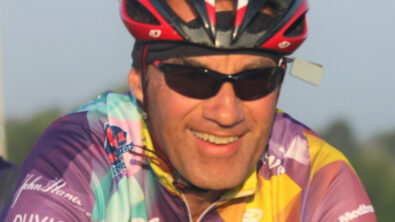VHS or Betamax?
Legacy’s Luster Lost
As a follow-on to my last blog, where I shared information about Harry Foster speaking live about the research he has been reporting on the last year and where I noted legacy might hold some back, I was going to finish on some of the work we have done at Mentor Graphics to move forward while trying to keep some of those held back by legacy, whole.
Buy why this title? For some, there may be no recollection of what VHS or Betamax are. And if I were to say it is a format used to tape record video, that still might not help given DVD, MP4, etc. If I were to even say there was once a format war over these two, one could easily shrug one’s shoulder and proclaim they both lost. And that is true.
What do we record on today? Precisely, the answer is neither of these for all but an obscure few. But it was towards the end of this format war I left one area to move to another. VHS had all but become the format of that area for video rentals, while the area I moved to was evenly split between the two formats. I had selected Betamax. I can go into great detail to explain the technical advantages of the format. But those words are all lost on the market forces that ushered in VHS. And thanks to continued innovation, these legacy formats have lost their luster. We have all moved on.
Be Kind – Rewind
As SystemVerilog has become the dominant language standard for verification, the methodology work aggregated in Accellera’s Verification IP Technical Subcommittee (VIP-TSC) where it built the Universal Verification Methodology (UVM). While UVM leverages SystemVerilog, the market’s move from legacy formats has left some who still use those formats to ask if the industry can be “kind, and rewind” – to still support them.
While Accellera’s UVM has been open to bring the dogma of all market participants together to create a single coherent standard, that has not met with total satisfaction of legacy users. What now appears to be more liked by them is a wholesale translation of UVM in SystemVerilog to legacy languages. What’s the value in that? Does one gain greater productivity from this?
Accellera hopes to bridge this divide with a return to its first phase of verification IP interoperability work to suggest additional ways to interoperate. For up-to-the-minute information on this, I suggest you get involved with the group. Full information about the group is only available in the membership area – and everyone is invited to be an observing member. But we should expect Accellera to talk about better bridges to those formats important to those sitting around the standardization table.
Fast Forward
But I still come back to the question about what’s the value in this. It is time to move forward or be stuck in the past? The format is not the value; the algorithms to do better and faster verification are. To that end, for the users of the e language, Mentor Graphics has extended its Intelligent Testbench Automation (iTBA) technology to work in an e environment.
Many UVM (and OVM) users have found they have been able to achieve their coverage goals 10x to 100x faster than before with this innovative technology. And it is now readily available to the 10-15% who still use e. For more information about leveraging iTBA, you can visit the Verification Academy where one of the new modules that was added in the iTBA section, titled Integrating iTBA into an ‘e’ Environment, is ready for viewing and explains how this is done. [Note: Registration is required to view the module and certain restrictions apply.] This module describes integrating Intelligent Testbench Automation into an e environment, re-using existing eVCs, and achieving functional coverage >10X faster.
While legacy language users may fret about their preferred language, the market has already spoken. Maybe it is time to explore how advanced verification algorithms can be back ported to support legacy to ease the transition. After all, its not the language, it’s the algorithms. Go online and see what the advance algorithms can offer you. Or, join us next week in San Jose, CA at the Verification Seminar.


